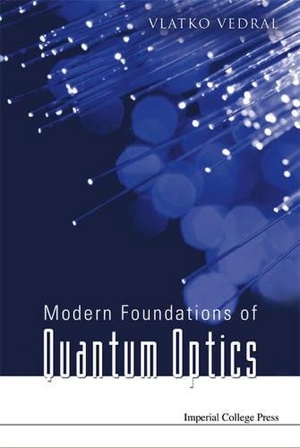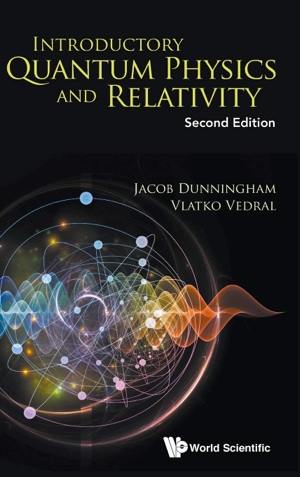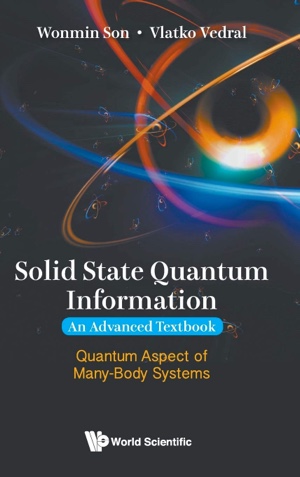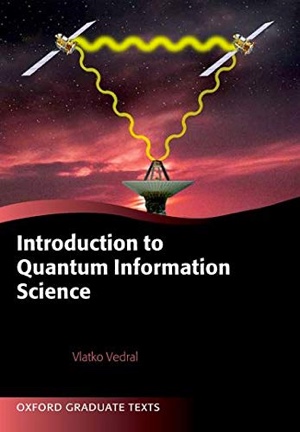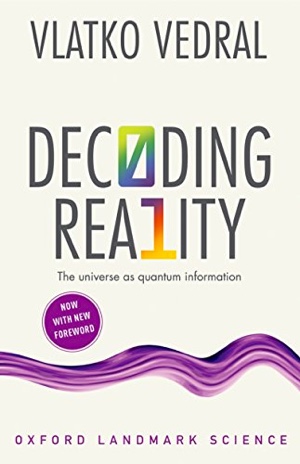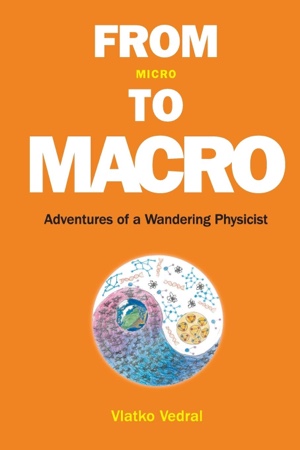How quantum theory says we can never see a complete picture of reality
ORIGINALLY PUBLISHED IN NEW SCIENTIST
To try to explain quantum physics, it’s always best to start with Einstein. He had two famous complaints about it: how it seems to say that “God plays dice with the universe”, and how it appears to allow “spooky action at a distance“.
A very simple experiment illustrates both problems. First, imagine sending a single photon of light through a beam splitter, a piece of glass that either reflects it or transmits it with a 50 per cent chance. One of two detectors clicks in each of the two cases. If we run this experiment many times, we find that half of the time detector 1 clicks, and the other half detector 2. But quantum mechanics shows that nothing in the universe can tell us which detector will click any one time. Einstein came from a classical frame of mind where everything is deterministic and predictable: but it seems randomness really is at the heart of quantum mechanics.
But suppose now, instead of detecting the photon with two detectors behind the first beam splitter, you first recombine the light at a second beam splitter, with two detectors now behind here. What’s remarkable now is that the photon behaves perfectly deterministically. Basically, only detector 1 clicks, never detector 2 (see diagram “Weirdness, squared”).
How can two random things be put together to give you something 100 per cent predictable? In quantum mechanics, the only way to explain it is to say that the photon actually splits into two at the first beam splitter and takes both routes: it’s reflected and transmitted simultaneously. When these two possibilities converge on …
CONTINUE READING AT NEW SCIENTIST
Sign up to my substack if you'd like to have my articles delivered straight to your inbox
ASK ME ANYTHING!
If you'd like to ask me a question or discuss my research then please get in touch.
